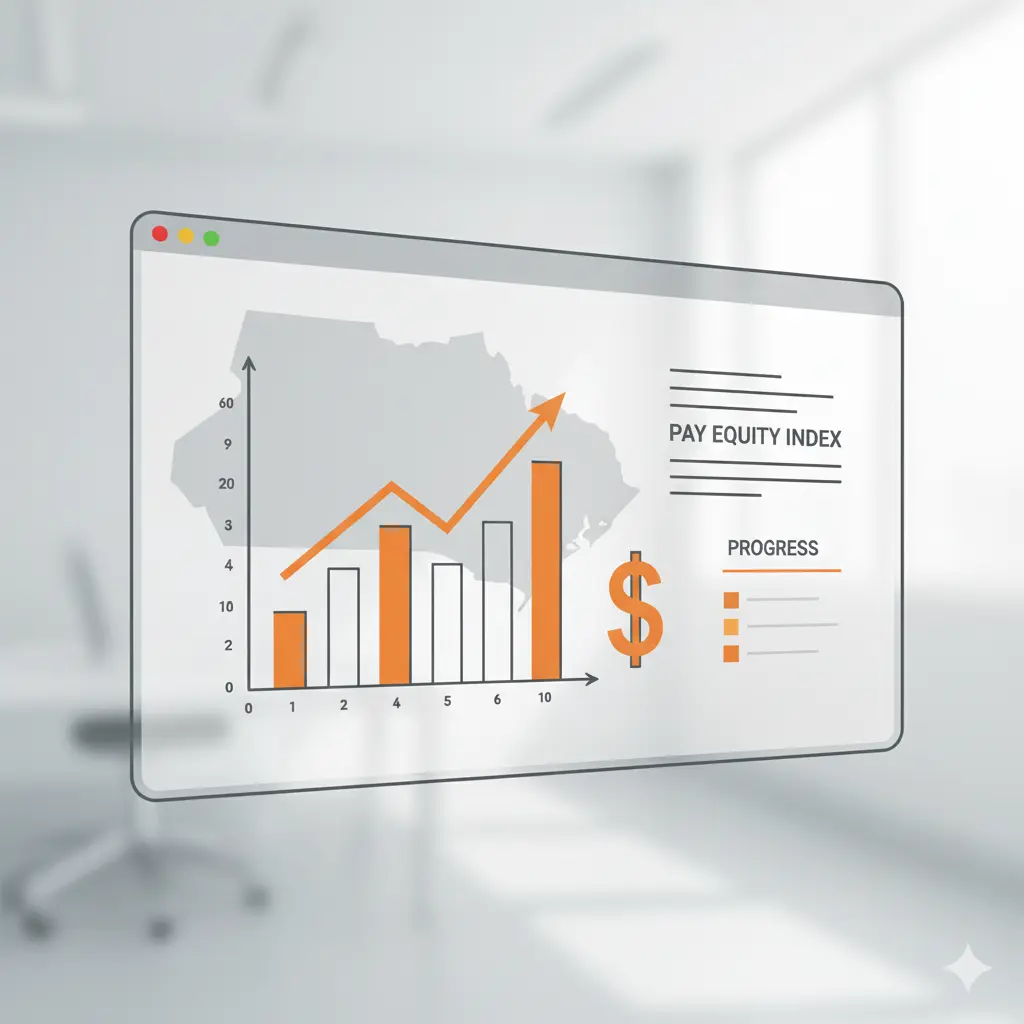The clock is ticking for many Ontario employers. In fact, as we move into the final quarter of the year, a critical compliance deadline is fast approaching. The next phase of pay transparency reporting in Ontario requires large organizations to take a hard look at their compensation data and prepare a formal report. Consequently, this isn’t just another piece of administrative work; it’s a significant step toward creating more equitable workplaces across the province.
For business owners and HR managers, understanding the specific requirements and deadlines is non-negotiable. Furthermore, this initiative goes beyond simple compliance, touching on your employer brand, employee trust, and your ability to attract top talent in a competitive market. Let’s break down what you need to know and, more importantly, what you need to do right now.
A Quick Refresher: What is Ontario’s Pay Transparency Act?
First, let’s recap the purpose of this legislation. The Pay Transparency Act, introduced in stages, aims to eliminate wage gaps, particularly those based on gender. By requiring employers to be more open about their compensation practices, the government is working to promote equal pay for equal work.
Previously, the initial phases of the act restricted employers from asking candidates about their salary history and required salary ranges to be included in all public job postings. Now, however, the focus shifts to reporting, demanding a deeper level of accountability from organizations.
Phase 2: What’s Required for Pay Transparency Reporting in Ontario?
This second phase of reporting targets larger employers, setting a precedent for what may eventually be expected of all businesses. If you are wondering whether this applies to you, the details are straightforward.
Who Needs to Report?
The current reporting requirement applies to all private-sector employers in Ontario that had 250 or more employees on January 1, 2025. It is crucial to use this specific headcount date for your determination. For instance, if your employee numbers fluctuate, this fixed date provides a clear benchmark for compliance.
What Data is Required in the Report?
The core of the report involves collecting and analyzing anonymized compensation data to identify pay gaps. Your HR and payroll teams will need to gather information that allows you to calculate and disclose disparities in pay between male, female, and non-binary employees across different job categories and quartiles.
Key data points typically include:
- Gender identity information (based on voluntary employee self-disclosure).
- Permitted compensation data (salary, hourly wages, bonuses, etc.).
- Job category and level.
- Hours worked.
Ultimately, the goal is to produce clear metrics, such as the mean and median pay gaps, that give a snapshot of your organization’s compensation landscape.
“Pay transparency reporting is more than a compliance task; it’s an opportunity to build trust and demonstrate a real commitment to equity within your workforce.”
The Submission Deadline
The deadline for submitting your 2025 Pay Transparency Report is December 31, 2025. Given the amount of data collection, validation, and analysis required, waiting until the last minute is not a viable option. For this reason, starting the process now is essential for a smooth and accurate submission.
Beyond Compliance: Why This Matters for Your Business
Of course, meeting the legal requirements is the bare minimum. The real value of this process lies in its potential to positively transform your workplace.
Firstly, it strengthens your Diversity, Equity, and Inclusion (DEI) strategy. You cannot fix what you do not measure. This report, therefore, provides a concrete starting point for identifying systemic issues in your compensation structure and taking meaningful action to correct them.
Secondly, it is a powerful tool for talent acquisition and retention. Today’s top candidates, particularly from younger generations, expect transparency from their employers. As a result, a demonstrated commitment to fair pay practices can set you apart from competitors and build a stronger, more trusting relationship with your current team. Ignoring this trend could mean losing valuable talent to more progressive organizations.
Next Steps for Pay Transparency Reporting in Ontario
With the deadline approaching, here are three actionable steps to take immediately.
- 1. Begin Data Collection and Analysis Now. This is the most time-consuming part of the process. Work with your HR and payroll departments to pull the necessary employee and compensation data. In addition, ensure your data is clean and accurate. Use this time to identify any gaps in your information—for example, you may need to conduct a voluntary self-identification campaign for gender identity if you don’t already have that data.
- 2. Develop a Clear Internal Communication Plan. Your employees will undoubtedly have questions. Be proactive in explaining what pay transparency reporting is, why the company is doing it, and what the results might mean. It is important to frame it as a positive step toward ensuring fairness and equity. Being transparent about the process itself is just as important as the final report.
- 3. Conduct a Proactive Pay Equity Audit. Don’t just collect the data—use it. The report may reveal uncomfortable truths about your pay structures. Therefore, use this as an opportunity to conduct a full pay equity audit under legal privilege. This allows you to identify and rectify any unjustified pay gaps before they become larger legal or cultural issues. Indeed, this proactive step demonstrates true leadership and commitment.
The move toward greater pay transparency is not slowing down. By tackling these requirements head-on, you can ensure compliance, mitigate risk, and build a more equitable and resilient organization.
Need help navigating HR changes? Book your free HR audit today or speak with our team about how Divino can support your business.




